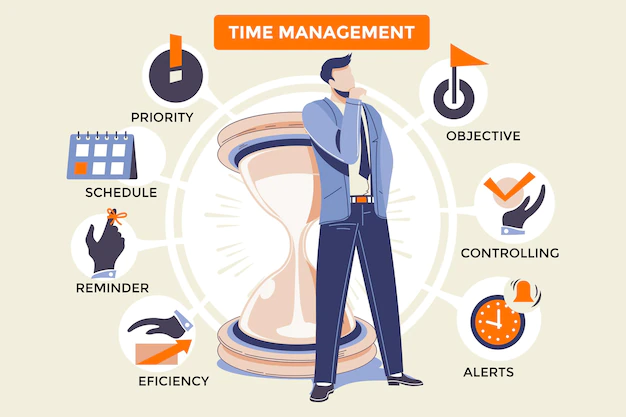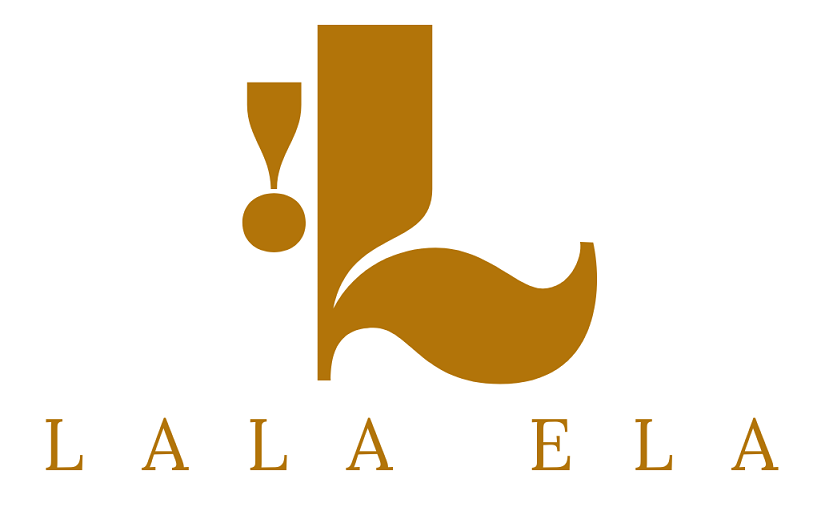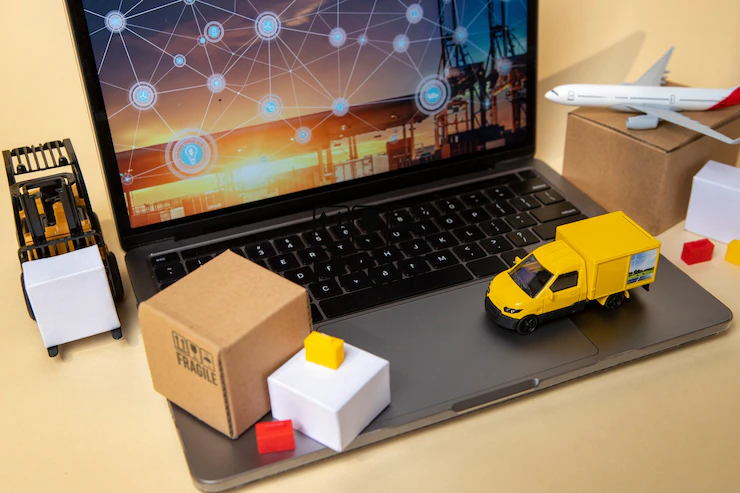The fast-paced and digitally connected world of the 21st century has brought about new challenges in achieving work-life balance. Being busy has become a norm, leaving people struggling to find a sense of equilibrium between their personal and professional lives. Therefore, mastering the skill of work-life balance has become an absolute necessity for everybody navigating life in this modern era.

What exactly is work-life balance?
Work-life balance refers to finding a healthy equilibrium between work and personal life. It involves effectively managing time and energy to avoid work dominating one's existence. This skill is vital for today's age as the persuasive nature of rapidly changing technology has contributed to blurring boundaries between both lives. Work-related communications and tasks can easily spill over into personal time with a single click of cell phones. For this, everyone must follow effective strategies to achieve the benefits of work-life balance which include:
● Reduction of stress and improvement of mental and physical health.
● Increased productivity and job satisfaction.
● Better relationships with family and friends.
● Creation of a more fulfilling life.
● Enhanced creativity and innovation.
● Continuous success in life.

ALSO READ: The Role Of Hobbies And Leisure Activities In Reducing Stress
Habits to achieve a healthy work-life balance.
1. Time management techniques: Time management is one of the most important habits to improve work-life balance. It involves effectively organizing and prioritizing tasks, maximizing productivity, and allocating time for personal pursuits and relationships. Time management techniques include;
- Prioritization and goal setting.
- Setting boundaries and learning to say no.
- Effective delegation and outsourcing .
- Time blocking, and
- Utilizing productivity tools.
Prioritization and goal setting will help you focus on the most important tasks and align your efforts with long-term objectives. Setting boundaries and learning to say no empowers you to protect your time and avoid over-commitment. Effective delegation and outsourcing allow for the distribution of workload, freeing up time for higher-value tasks. Time blocking involves scheduling specific time slots for different activities, ensuring dedicated time for work, personal activities, and relaxation. Utilizing productivity tools such as task management apps, calendars, and timers can optimize efficiency and keep you on track with your daily schedules.

2. Self-care and wellness practices: This has to do with a range of intentional actions and habits that you must engage in to nurture your overall well-being. It is the food for your soul - including activities like regular exercise, proper nutrition, adequate sleep, stress management techniques such as meditation or mindfulness, hobbies and leisure activities, relaxation, and social connections.
3. Communication and boundary-setting: You should be able to have open and honest discussions with employers, colleagues, and loved ones about expectations, availability, and personal boundaries. Tell your employers and colleagues when and how you will engage in work-related communications, such as turning off email notifications outside of working hours or designating specific times for checking and responding to messages. Also, let your loved ones know when and when not to casually reach out to you.

4. Mindfulness and self-reflection: Mindfulness involves being fully present in the moment, and aware of your thoughts, feelings, and physical sensations without judgment. Practicing mindfulness techniques, such as meditation or deep breathing exercises will help you to reduce stress, improve focus, and promote a sense of calm amidst the busyness of life. Self-reflection involves regularly assessing your priorities, values, and satisfaction levels in different areas of life. It allows you to make intentional choices and adjustments to align your actions with your desired work-life balance.
5. Boundaries between work and personal space: Especially for remote workers, designating a specific workspace at home and keeping it separate from areas associated with personal activities can help create a psychological distinction between work and personal life. It will help you mentally transition between the two domains and maintain a sense of separation. Also, set boundaries when working from a traditional office environment. For example, take breaks away from your desk during lunch and other recesses. This will make you more energetic and allow you to recharge and refocus, ultimately increasing your productivity and overall well-being.

6. Overcome the challenges: Achieving a healthy work-life balance involves addressing the common challenges that come with it. Address the fear of missing out (FOMO) and the pressure to be always available. Recognize that constant connectivity can lead to burnout, and set reasonable limits on your availability to prioritize well-being. Dealing with the guilt of taking time off and setting boundaries is also important. Remember that rest and leisure are essential for productivity and happiness. Communicate your boundaries clearly, let go of guilt and allow yourself to recharge.
Also, understand that what society says about you is not as important as what you know of yourself. Overcoming societal expectations and redefining success are two important things in this era. Society will often equate your success with long hours and relentless work. Challenge these norms by defining success on your terms and finding fulfillment beyond work.
Remember, work-life balance is not a one-size-fits-all concept. It varies for each individual, depending on their priorities, values, and circumstances. It is about finding what works best for you and making intentional choices that align with your goals and aspirations.



